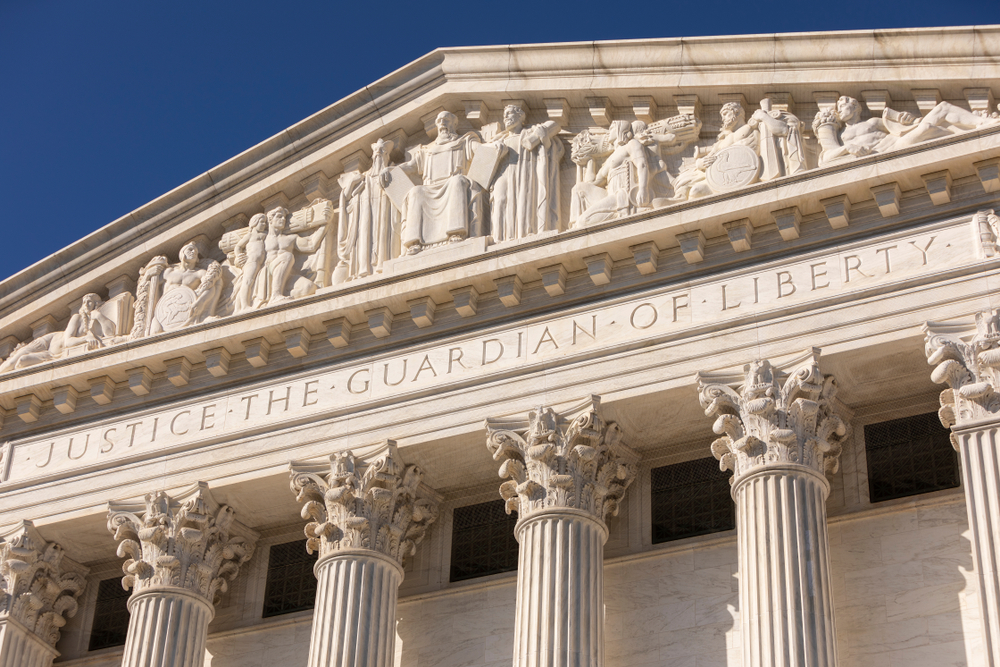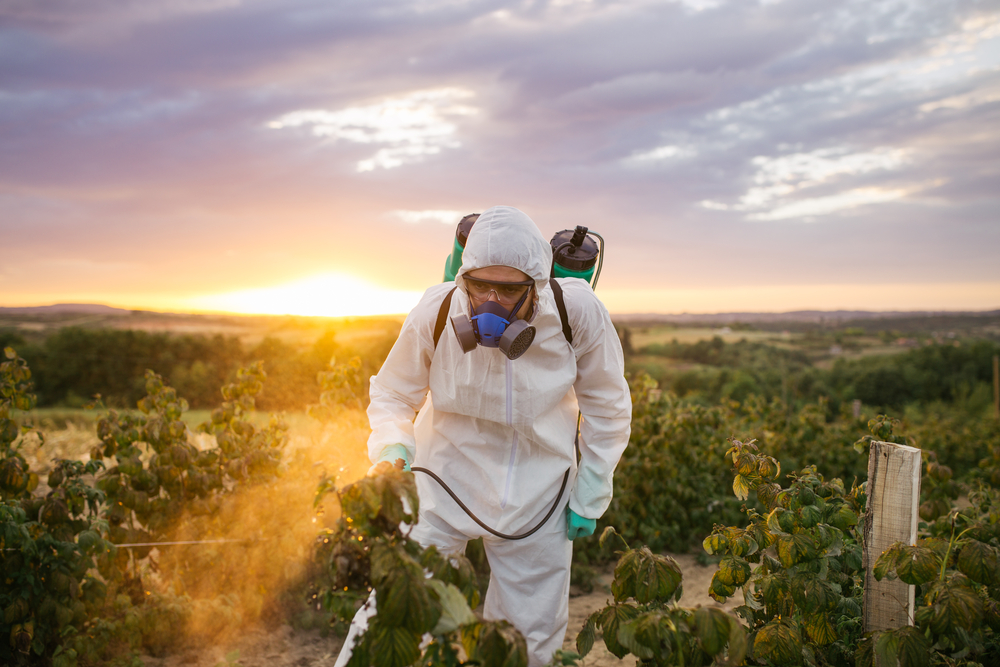When Will Paraquat Lawsuit Be Settled?
Since 2017, plaintiffs have filed lawsuits alleging that Chevron and Syngenta failed to disclose that the herbicide paraquat increased the risk of Parkinson’s disease. With studies linking paraquat to the disease, the lawsuits have numbered into several hundred.
In June 2021, plaintiffs in 16 California lawsuits settled paraquat exposure claims with the makers of the product. In 2019, these cases had been consolidated into a state Judicial Panel Coordination Proceeding. The time from coordination to settlement spanned roughly two years.

Many paraquat lawsuits stand ongoing in federal courts. On June 7, 2021, the Judicial Panel on Multidistrict Litigation transferred all paraquat lawsuits in federal courts to the Southern District of Illinois. The multidistrict litigation allows a single judge to oversee the discovery, pretrial motions, and other proceedings in paraquat cases. It remains to be seen when the federal multidistrict litigation will yield, if at all, settlements. However, the timeline of various stages and deadlines in the multidistrict suit afford at least an idea of how long it might take to settle these cases.
Discovery is Ongoing
Currently, the parties in the multidistrict litigation are conducting fact discovery. The Southern District of Illinois has established a schedule and protocol for discovery. The typical civil lawsuit has a period in which parties send the other interrogatories, requests for production of documents, and requests to admit particular statements. Through interrogatories, parties can learn the factual bases for claims and defenses and a description of the claimed injuries.
In the paraquat cases, the parties request certain information and documents through “fact sheets” and requests for production of documents – mainly medical records. The parties may depose witnesses and parties, asking them questions under oath about the facts of exposure, knowledge of the dangers of paraquat, and injuries. The multidistrict litigation has, at least initially, these limited forms of discovery. The case management order sets a deadline of March 31, 2022, for the limited fact discovery.
Following this limited fact discovery comes disclosure and discovery of expert witnesses, their opinions, and the bases for them. The court’s order calls for the completion of expert depositions no later than June 17, 2022.
Pretrial Motions
The strength of especially defense pretrial motions may shape the willingness of the parties to settle and the thresholds for a settlement.
In a typical lawsuit, the parties will file motions for “summary judgment.” This device seeks to dispose of a case without a jury trial. The moving party argues that the opponent has not produced or cannot produce sufficient evidence to support or overcome a claim or defense. Defendants rely upon affidavits, discovery responses, records, and other materials to establish that either plaintiffs cannot prove their claim under any set of facts and that there exists nothing for a jury to hear.
In negligence or product liability cases, these summary judgment motions often involve time bars to the filing and maintenance of lawsuits. Defendants invoke the statute of limitations to claim that plaintiffs waited too long after an injury or when it was or should have been discovered to start the lawsuit. The statute of limitations in paraquat cases generally runs from the date a plaintiff receives a diagnosis of Parkinson’s disease. While the time period varies by state, typical personal injury statutes of limitations run either two, three, or four years.
Summary judgment may also turn on the application of the statutes of repose. This deadline runs not from the onset or discovery of the injury but on the purchase or use of a product. Usually, statutes of repose run for longer time periods than statutes of limitations. With the former, plaintiffs could lose the ability to maintain claims even before they become afflicted with or are diagnosed with Parkinson’s disease.
For paraquat cases, the parties have until July 1, 2022, to file these summary judgment motions. The same deadline applies to motions filed to exclude unreliable or unqualified expert opinions or evidence from a trial.
When Will Paraquat Trials Begin?
The judge in the multidistrict litigation in the Southern District of Illinois has scheduled the first trial to start on November 15, 2022. Subsequent trials have dates of March 13, 2023, June 12, 2023, and September 18, 2023.
With the number of paraquat lawsuits in the multidistrict litigation, the Case Management Order establishes a method for selecting cases for trial. The plaintiffs may nominate eight, and Syngenta and Chevron may choose four for early trials. To qualify for early trial selection, you must have filed a lawsuit no later than December 3, 2021, and have sent a “Plaintiff Assessment Questionnaire” to the defendants’ lawyer no later than December 8, 2021.
The chosen cases for trial will likely serve as bellwethers to give the courts and other litigants guidance on the prospects of jury awards or the overall merits of these cases. The Roundup lawsuits followed a similar path of “test case” trials. Plaintiffs sued Monsanto and Bayer over the use of a chemical linked to cancer. Plaintiffs in one California case won a $289 million verdict, while another California jury awarded plaintiffs $80 million. In another case, the verdict reached $2 billion. Bayer has prevailed in a couple of trials.
In view of victories for plaintiffs, Monsanto has entered into a nearly $11 billion settlement with claimants in nearly 100,000 lawsuits.
For additional information, please see our page dedicated to Paraquat Lawsuits and Parkinson’s Disease.

















